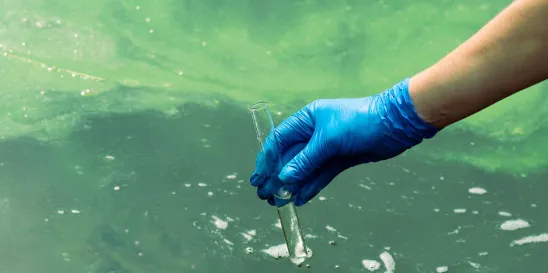The U.S. Environmental Protection Agency (EPA) announced on January 30, 2024, the publication of a draft testing method (EPA Method 1634) that will enable government agencies, Tribes, and other groups to determine where and when 6PPD-quinone is present in local stormwater and surface waters. As reported in our November 3, 2023, blog item, on November 2, 2023, EPA announced that it granted a petition filed under Section 21 of the Toxic Substances Control Act (TSCA) to address the use of the chemical N-(1,3-Dimethylbutyl)-N′-phenyl-p-phenylenediamine (6PPD) in tires. 6PPD reacts with ozone in the air to form 6PPD-quinone. EPA notes that Agency-funded research in 2020 found 6PPD-quinone to be linked to the deaths of coho salmon in urban Puget Sound streams. Runoff containing 6PPD-quinone is washed from parking lots and streets into streams and other bodies of water.
According to the press release, EPA is continuing to fund and conduct research activities to expand its understanding of the impacts of 6PPD-quinone and to fill data gaps:
- EPA’s Office of Research and Development is investigating fate and transport of the chemicals in air and water, ecotoxicity, mitigation strategies including green infrastructure solutions for stormwater contamination, and measurement development research for multiple media (e.g., air and sediment);
- EPA’s Office of Water is developing draft screening values for 6PPD-quinone and 6PPD in water that are protective of sensitive salmon and other aquatic life; the values can be used by many parties to evaluate monitoring results, and Tribes and states could also consider using the values in their water quality protection programs; and
- EPA is coordinating with the National Science and Technology Council’s Joint Subcommittee on Environment, Innovation and Public Health on potential cross-governmental research on human health effects of 6PPD-quinone.




 />i
/>i
